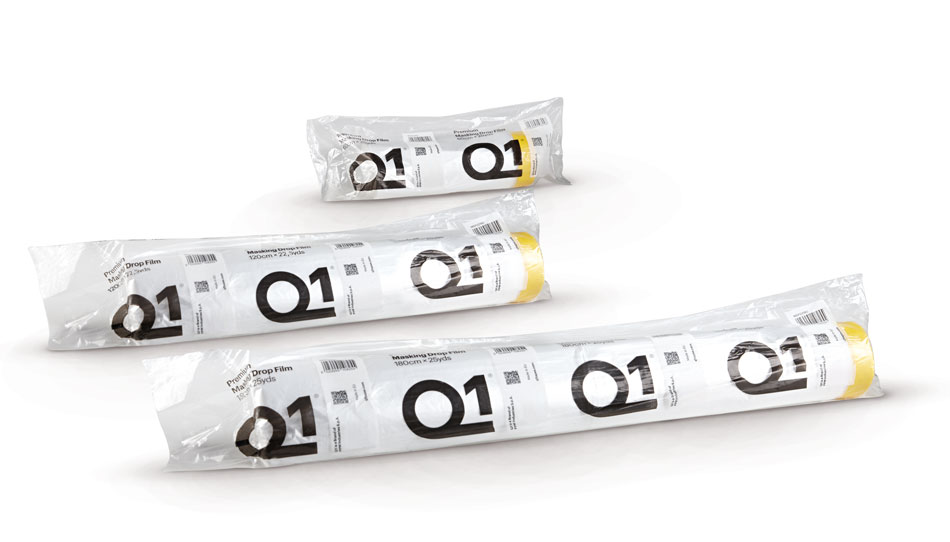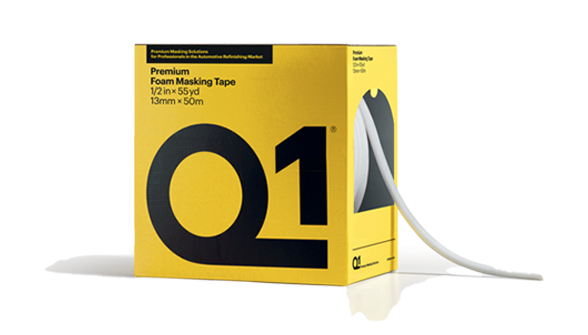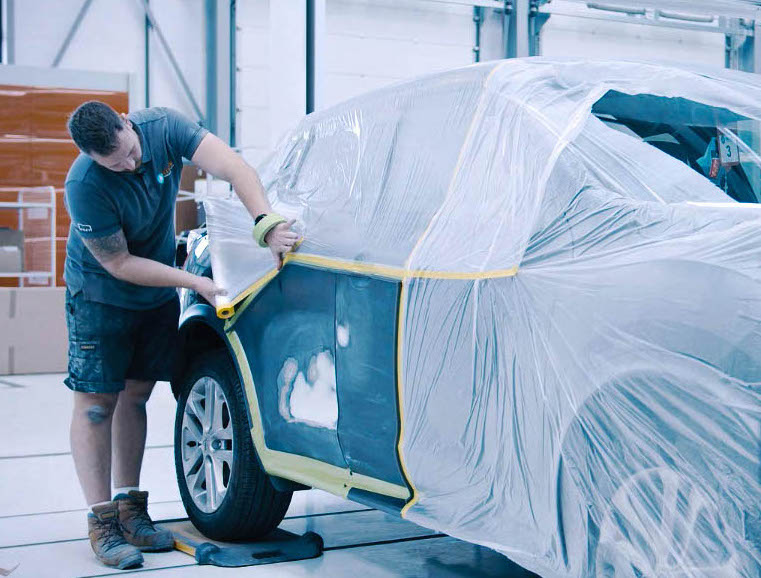Foam masking tape is the fastest way to mask the grooved parts of a vehicle like door jambs, boot and bonnet gaps: let’s see how to use it in this video. Foam masking helps you to tape off for painting and spraying any surface, vehicles included.
How to protect boot, bonnet, A-posts and jambs from paint bridging? The most demanding professionals use a special foam masking tape that perfectly fits the gaps of the vehicles and leaves no space for the paint to get through. The product is easy to use. It is designed to tape off surface we do not want to paint and to reduce time and overwork for difficult masking operations. In this video tutorial, we show the best way to use it.
How to choose a good foam masking tape
Before digging into details on the proper way to use foam masking tape, we dedicate a short paragraph to the advices about the choice of a good product. Foam masking tapes are professional tools that need to guarantee some key qualities to gain clean results:
- First, make sure that the product resists the high temperature required during drying cycles. For most automotive painting jobs, we recommend a tape with a resistance up to 176° F. / 80° C.
- Check that the tape provides excellent conformability properties: to fit gaps and apertures, foam masking tape has to stretch across irregular grooves and follow tight curves.
- The best tapes also leave clean surfaces when removed after use, a quality that is commonly requested to every product designed for masking purposes. You sure don’t have time to waste in cleaning the residual left by a low quality tape!
- Finally, make sure that foam masking tape is compatible with the type of paint you are using. The best products can be used with both solvent base and water base paints.
How to apply foam masking tape
Foam masking tape is the fastest way to tape off all the grooved parts of a vehicle such as door jambs, boot and bonnet gaps and A-posts. The product is really easy to use, just keep in mind some suggestions to increase the quality of the job:
- Start by unwinding the tape and cutting it at the desired length. The best tapes are provided in boxes that ease the release of the roll.
- Stick the stripe of foam masking tape into the gap: make sure to attach it from the adhesive side so to leave exposed only the clean side. The smooth edge of the tape make it easy to slide it into the aperture, and its foamy structure make it possible to compress it to adapt to any kind of gap.
- Fill the length of the aperture shaping the tape so to follow the curves. When finished, fasten it to the surface with a soft pressure of the fingers.
Now you are ready to conclude the masking and to move the vehicle in the booth for the drying cycle.
Congratulations, your job is finished!











